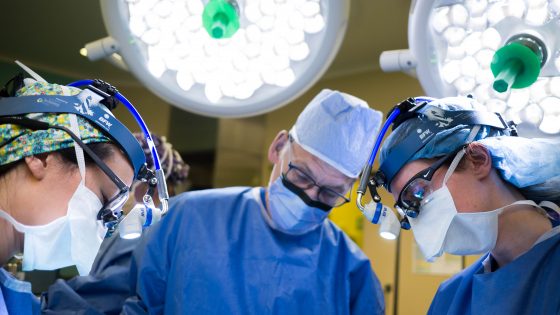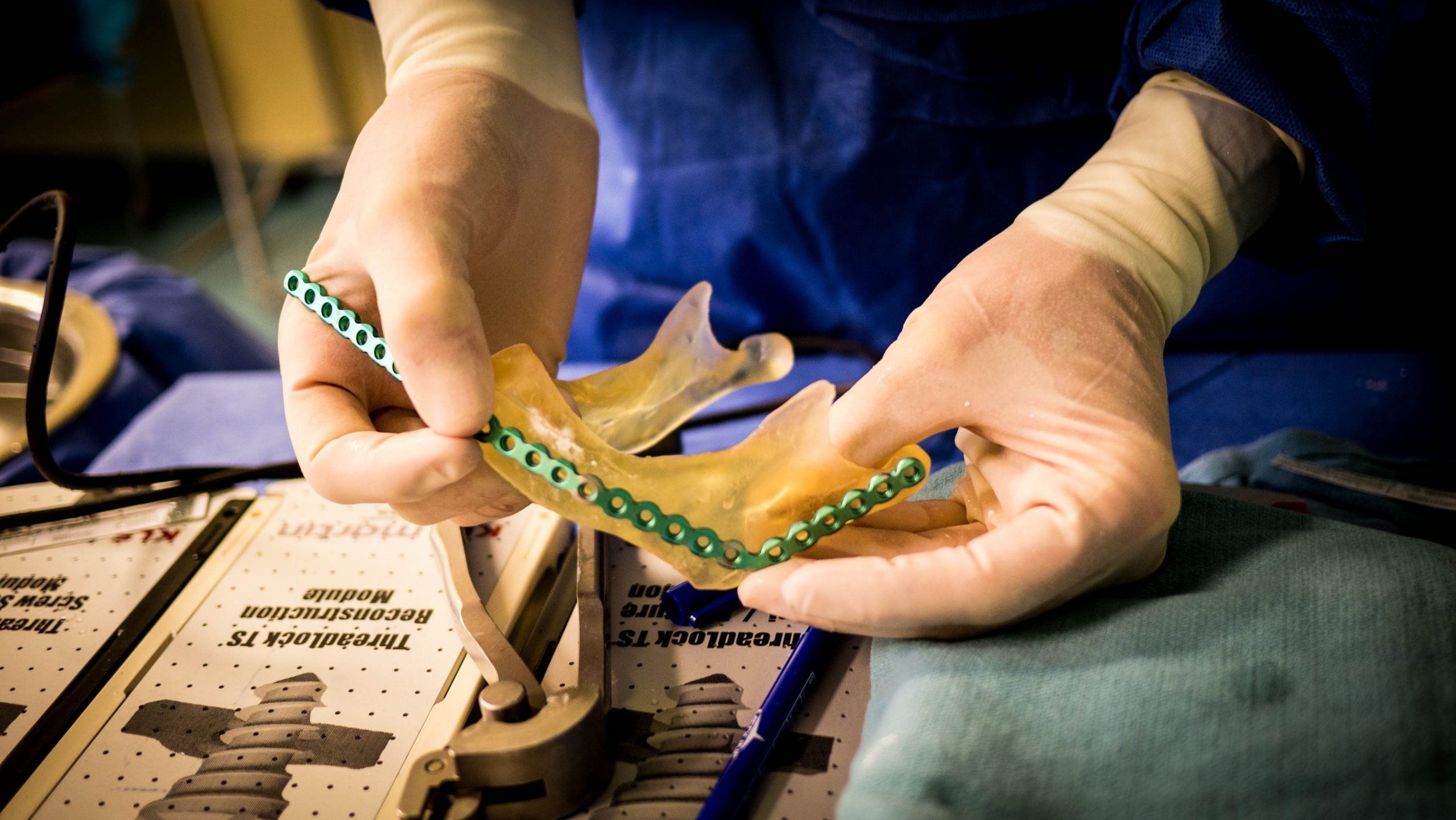Head and Neck Cancer
Head and neck cancers are complex and patients often require multimodal or combination therapies including surgery, radiation and chemotherapy.
At the Wharton Head and Neck Centre, a multidisciplinary team of experts will work together to manage your care. In deciding how best to treat your cancer, the team will consider a number of factors including your age and general health, the cancer stage, its size and location and whether it has spread to the local lymph nodes or beyond. Whether you need a single treatment or a combination of treatments, your team will take the time to discuss with you the reasons for their recommendations, the expected outcome, and the potential long-term side effects.

Types of Head and Neck Cancer
What is Cancer
Cancer is a disease that occurs when cells in the body grow in an uncontrolled way. In a healthy body, new cells constantly grow and divide to replace old cells that have died. The number of new cells being made is kept in check by a pattern of cell maintenance called the cell cycle, which in turn is tightly regulated by DNA, the coding material found in the cell. Short stretches of DNA, called genes, contain instructions that control the cells. If genes are damaged excessively, they may send faulty instructions to cells and cause them to grow and divide in an uncontrolled way. The mass of cells that results is called a tumor which can be non-cancerous or cancerous.

Tumors that are non-cancerous stay in one place in the body and are called benign, which means non-threatening. In contrast, tumors that are cancerous are dangerous because they are aggressive, can cause damage to the tissues, and are able to spread to other parts of the body. Cancerous tumors are also referred to as malignant. A malignant tumor can break away from its original location and spread, or metastasize, to another part of the body. There are two ways that malignant tumors typically spread throughout the body. The first way is by cancer cells entering the immune system, a network of lymphatic vessels connected to lymph nodes throughout the body. The second way is by cancer cells traveling through the highway of blood vessels that branch out to all the tissues and organs in the body.

